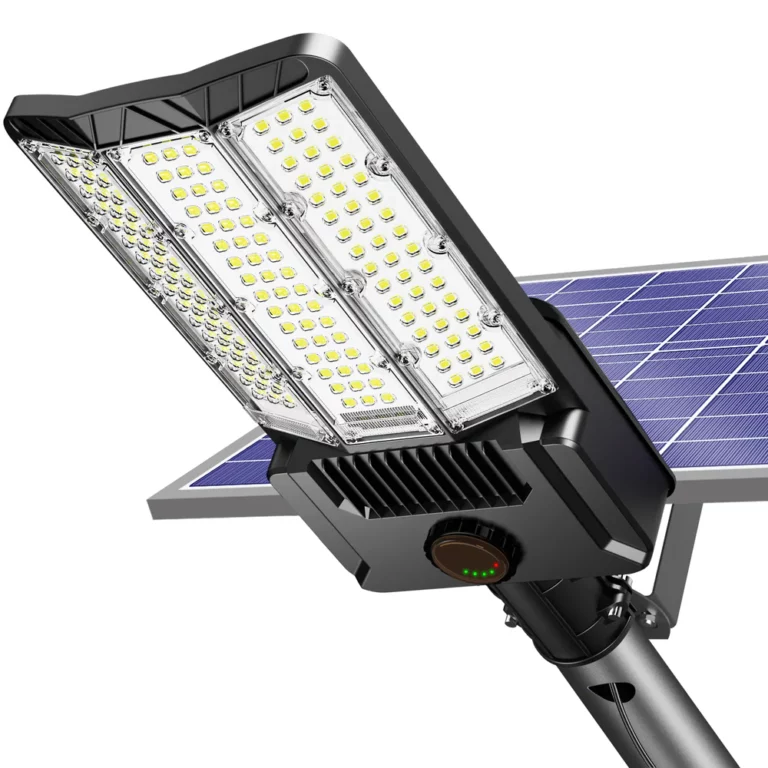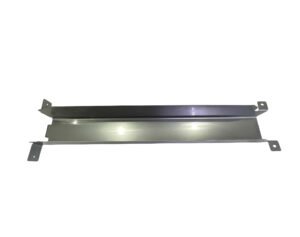Table of Contents
Solar lamps have become increasingly popular as a sustainable lighting solution, combining eco-friendliness with cost-efficiency. As a renewable energy source, solar lamps utilize sunlight to produce light, making them an excellent choice for those aiming to reduce electricity consumption and environmental impact. Here, we explore the key benefits of solar lamps, common applications, and how they’re transforming lighting solutions worldwide.
Advantages of Solar Lamps
One of the main reasons for the growing popularity of solar lamps is their energy efficiency. Solar lamps harness the sun’s energy during the day and store it in rechargeable batteries, providing illumination after sunset. This setup not only lowers electricity bills but also reduces dependence on conventional power sources, which often contribute to carbon emissions. By choosing solar lamps, users can enjoy a greener lighting option that aligns with global sustainability goals.
Solar lamps are also known for their durability. Designed to withstand various weather conditions, these lamps are suitable for outdoor use, where they can light up pathways, gardens, and patios without requiring constant maintenance. Unlike traditional outdoor lights, solar lamps operate wirelessly, making installation simple and reducing potential hazards like exposed wiring. Additionally, advancements in technology have enhanced the brightness and longevity of solar lamps, ensuring consistent performance and lasting illumination.

Common Uses of Solar Lamps
Solar lamps are incredibly versatile and adaptable to various environments. In residential settings, they are frequently used for landscape lighting, illuminating garden pathways, and securing outdoor spaces. Homeowners appreciate the convenience of automatic on-and-off functionality, as most solar lamps come with built-in sensors that detect daylight and activate as the sun sets.
Another common application for solar lamps is in commercial spaces. Businesses use solar lamps to illuminate parking lots, pathways, and entryways, which helps improve security and aesthetics while minimizing operational costs. Solar-powered street lights have also become more prevalent in cities looking to adopt sustainable infrastructure. By installing solar street lights, municipalities can ensure well-lit public areas without relying heavily on the grid, ultimately lowering public spending on electricity.
In remote and rural areas, solar lamps are often the most practical lighting option. Many regions lack access to stable electricity, and solar lamps provide an affordable, off-grid solution. With easy installation and low maintenance, solar lamps can bring light to communities without the need for extensive infrastructure.
Key Factors to Consider When Choosing a Solar Lamp
When selecting a solar lamp, it’s essential to consider factors such as brightness, battery life, and weather resistance. Different applications require varying levels of brightness, so choosing the right lumen output for the intended use is crucial. For example, garden lights may need a lower lumen output, while security lights typically require higher brightness levels.
Battery capacity is also an important factor. High-capacity batteries allow for longer operation times, ensuring that the lamp can provide light even after several cloudy days. In regions with unpredictable weather, choosing a solar lamp with a high-capacity battery can make a significant difference.
Finally, ensure the solar lamp is weather-resistant if you plan to use it outdoors. Look for models with waterproof and dustproof ratings to protect against rain and harsh outdoor elements. This quality ensures that the solar lamp will last longer, even in challenging environments.
The Future of Solar Lamps
With the growing awareness of climate change and the need for sustainable solutions, the demand for solar lamps is expected to continue rising. Technological advancements in solar panels and battery efficiency promise even more effective and accessible solar lighting solutions. As more people recognize the benefits of using solar lamps, we can anticipate a shift towards widespread adoption in the residential, commercial, and public lighting sectors.
Solar lamps represent a small but impactful step toward reducing our environmental footprint. By providing an energy-efficient, low-maintenance, and cost-effective lighting option, solar lamps play a crucial role in promoting sustainability worldwide.
0










